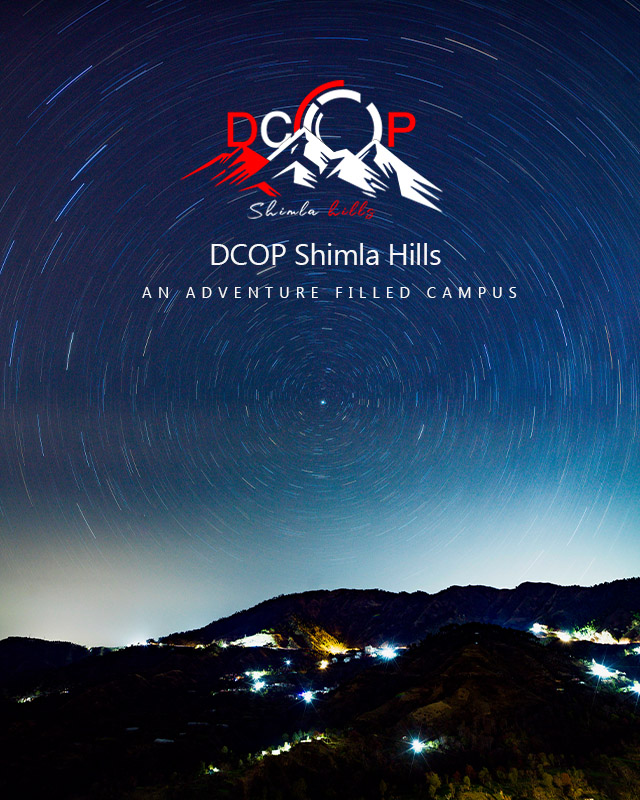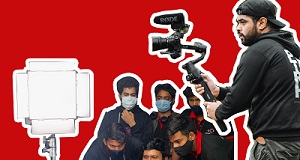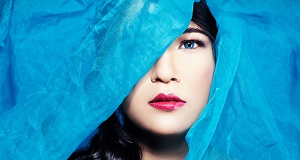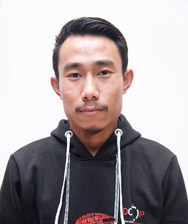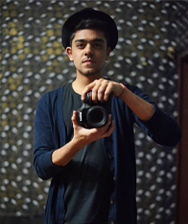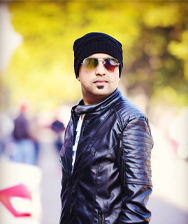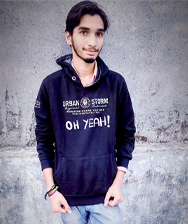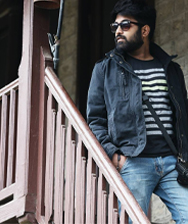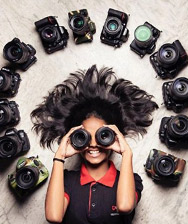Enquire Now
Landscape &
Cityscape Photography
- Duration : 2 weeks
- Age limit : None
- Weekend Course
- Pre-Requisite : Foundation Photography
- Location: Delhi & Nearby hillstations
- Equipments req. : DSLR, Tripod, ND filters
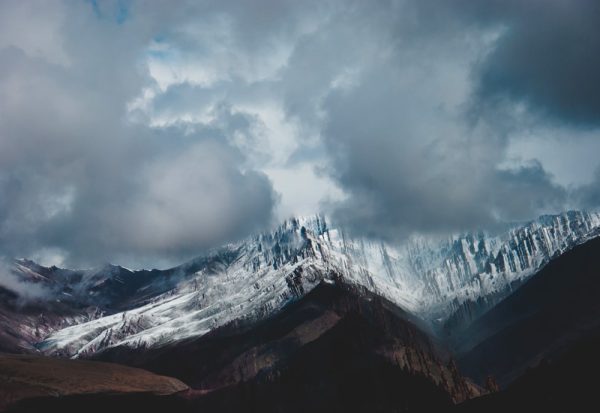
Landscape photography anticipates an abundance of regular scenes loaded up with magnificence and continually changing with the seasons.
At the point when you are taking a landscape photo, take a stab at making a sense of depth by keeping all the various components of the picture in focus.
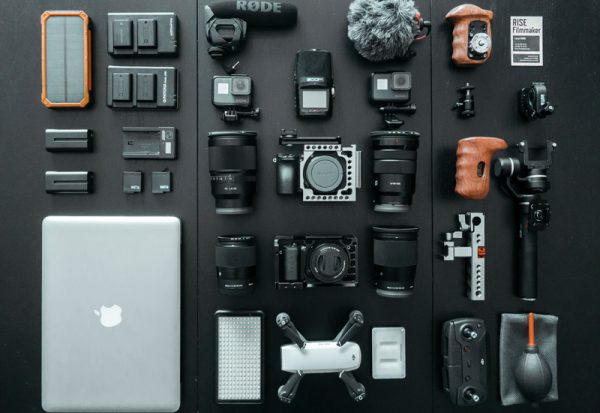
While most digital cameras will work great for landscape photography, some will be better based on metrics such as total megapixels, dynamic range, in-camera features and lens selection than others.
Although most digital cameras will work great for landscape photography, some will be better than others. Wide-angle lenses are preferred for landscape photography because they can show a broader view, and therefore give a sense of wide-open space. They also tend to give a greater depth of field and allow you to use faster shutter speeds because they allow more light. Taking an image at f/16 will make both the foreground and background sharp.
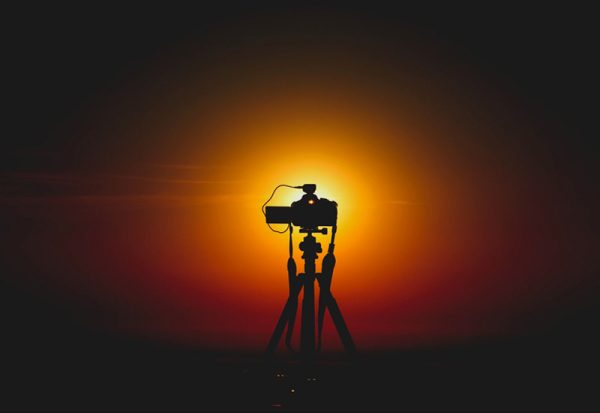
Nothing screams landscape photographer more than a tripod. It is a very necessary piece of equipment for capturing those highly detailed shots. Three keywords you should keep in mind when choosing a tripod are sturdy, solid and lightweight.
Sturdy because it will need to deal with elements such as dirt and rain while being knocked around. Solid so that it keeps your camera still while capturing that shot. And lightweight because you don’t want any extra weight holding you down.
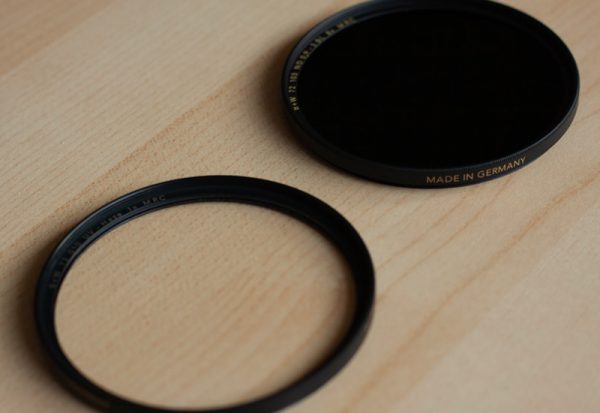
The UV (ultraviolet) filter is the most known. Its purpose has changed over the years from a necessity (film) to useless (digital).
The ND (neutral density) filter decreases shutter speeds for those long exposure shots.
The GND (graduated neutral density) filter helps average out the huge difference between sky and landscape.
Polarised filters help to cut out glare and reflections.
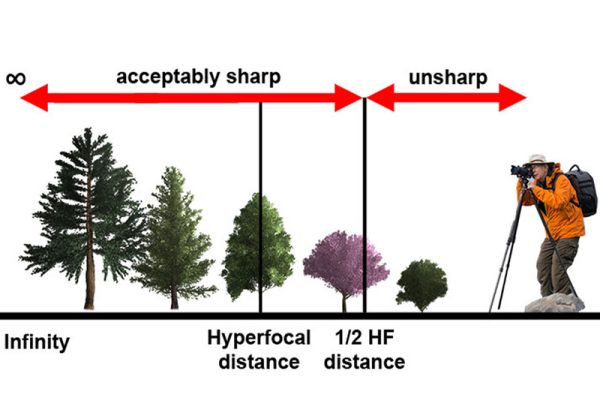
Understanding Hyperfocal Distance is extremely important when incorporating close objects in the scene, particularly in landscape photography.
If you focus at a particular point between the foreground and the background, which makes both the foreground and the background elements of the scene appear reasonably sharp. This focusing point is called the hyperfocal distance.
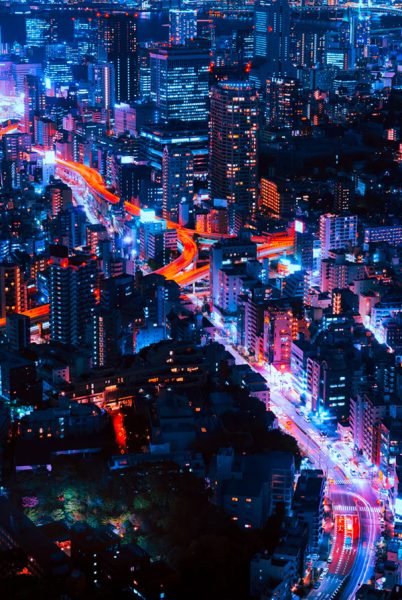
In the visual arts, a cityscape (urban landscape) is an artistic representation, such as a painting, drawing, print or photograph, of the physical aspects of a city or urban area. It is the urban equivalent of a landscape.
A cityscape can be a shot of a famous landmark lit up by streetlights at night or isolating a person in a sea of citizens or a wide-angle (or panoramic) capture of a city’s business district at skyscraper height or a snow-laden street unblemished by humanity or a long-exposure image of a major thoroughfare with streaking light trails.
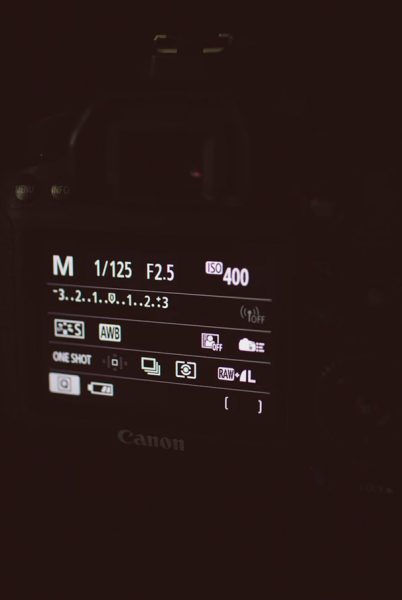
When shooting during the day you can afford to use a smaller aperture of f/22 to capture a super sharp detailed image, shutter speed could vary as per the requirement of the scene to be captured.
If you are trying to capture the movement of water or of people and birds, then use a filter to reduce the amount of light going in and experiment with the shutter speed.
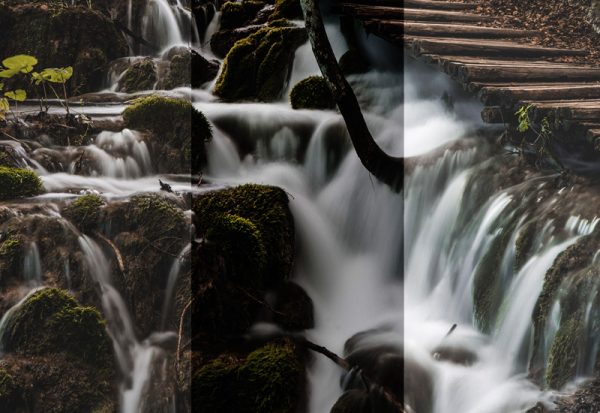
HDR (high dynamic range) photography has quite a bad reputation. A lot of images online that are taken using the HDR technique are over-processed and look incredibly fake. Heavily saturated colors and unnaturally contrasting edges are commonplace now.
But, if you use the technique properly, you can come up with quite a natural-looking image. You can bring out the details, shadows, mid-tones, and highlights just about right if you use this process properly.
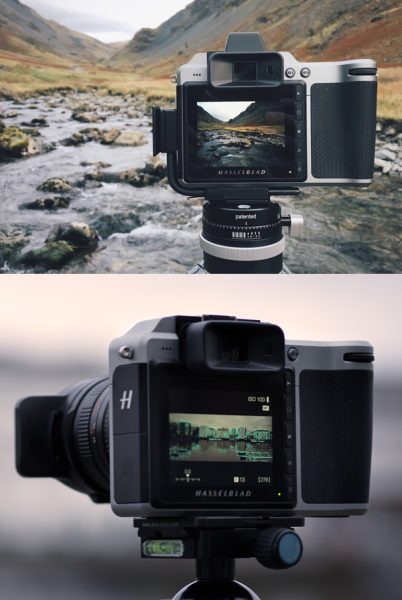
Time-lapse photography is a technique whereby the frequency at which film frames are captured (the frame rate) is much more spread out than the frequency used to view the sequence. When played at normal speed, time appears to be moving faster and thus lapsing. For example, an image of a scene may be captured at 1 frame per second, but then played back at 30 frames per second; the result is an apparent 30 times speed increase.
Processes that would normally appear subtle and slow to the human eye, e.g. the motion of the sun and stars in the sky or the growth of a plant, become very pronounced.
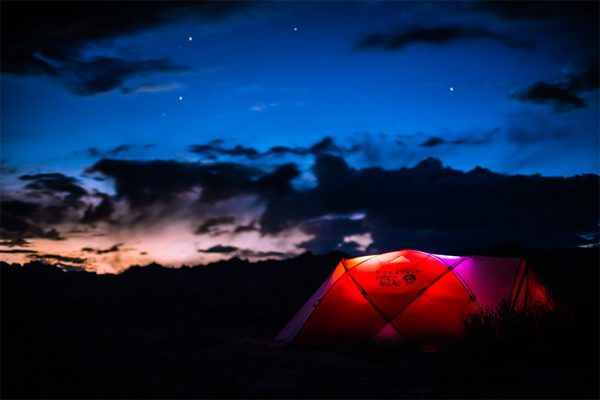
This Haida M10 Professional Filter Kit includes four filters that can be used individually or in various combinations to improve the results of your photography by preventing overexposure, as well as a circular polarizer to prevent distracting reflections or glare.
The filter holder is designed to allow for the convenient use of up to three 100mm wide, 2mm thick filters along with the kit’s M10 NanoPro MC Circular Polarizer Filter. A filter case is also included for the storage and transport of the kit.
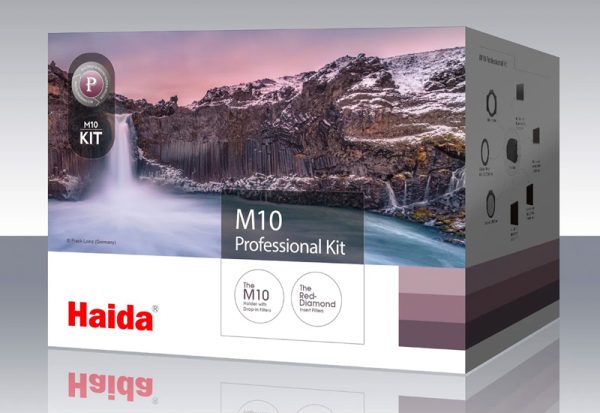
 Download Brochure
Download Brochure









